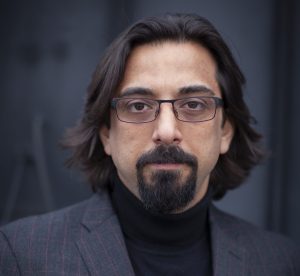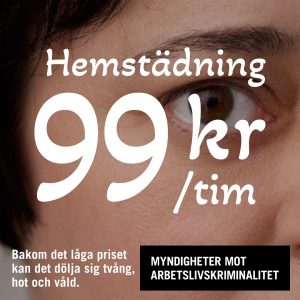The EU Commission recently launched a strategy to speed up growth in
the cultural and creative sectors and to maximise their
employment potential. Where art, business and technology meet, the
cultural and creative sectors can make waves which create a spill-over
into other sectors, the Commission says. Many signs point to this being
an area of growth. Things are afoot on a Nordic level too: the
cultural and creative sectors can show the way out of the crisis, says
the Nordic Council of Ministers’ General Secretary Halldór
Ásgrímsson.
People have been flocking to the Astrup Fearnley Museum of
Contemporary Art which has just opened in Oslo. But art and culture
showing the way in a new kind of working life has further implications
than this. This month’s theme for Nordic Labour Journal shows that
businesses looking for creativity make use of the inherent
possibilities of art and culture in completely new ways: ”When culture
was presented as a strategic tool people laughed at me. Today no one is
laughing,” says Piritta Kantojärvi at the Finnish culture company Grape
People.
The example from Sweden shows that designers’ products and processes
can help make businesses more innovative and create more jobs. A
quarter of working Icelanders already work in creative occupations.
Culture is so important to the Icelandic national identity that the
Icelanders themselves aren’t aware of culture’s strong position in
society, says Professor Einarsson.
What makes art art is that it creates something new, and the artist
is always ahead of the pack, says Director Gunnar B. Kvaran at the
Astrup Fearnley Museum in Oslo, and we need help to get to where the
artist is. Perhaps this is the key to how to create waves by pushing
art and culture forward. But is this the kind of push which is taking
place? Can culture turn the downturn around?





